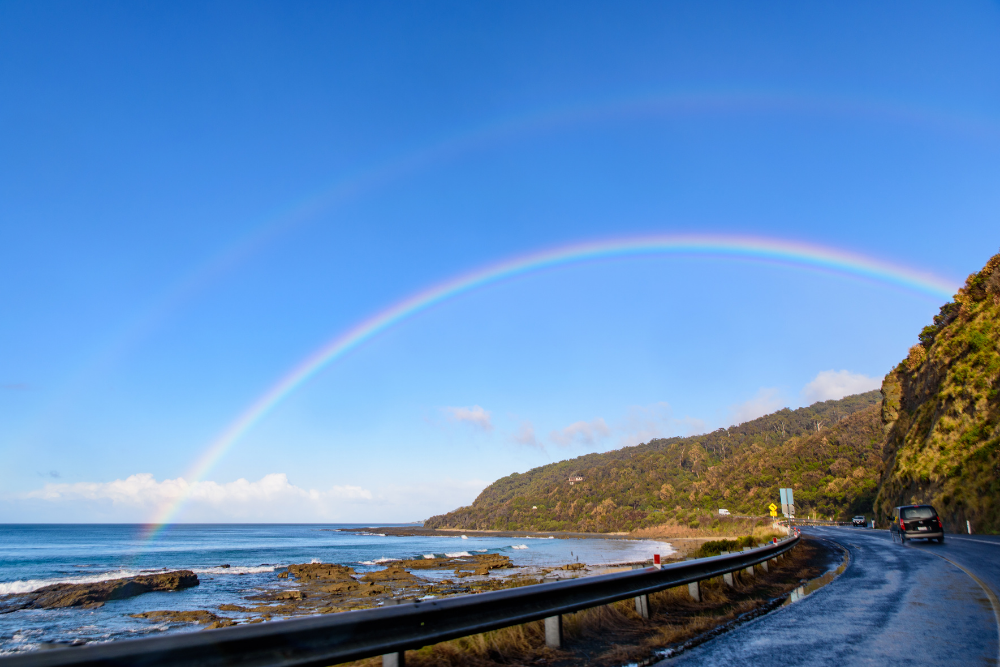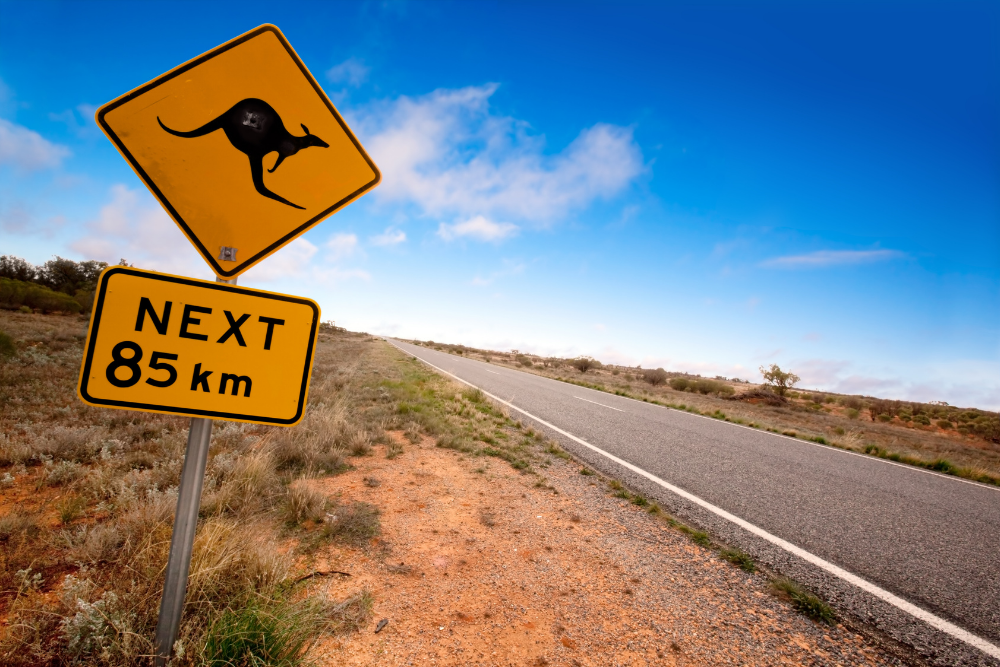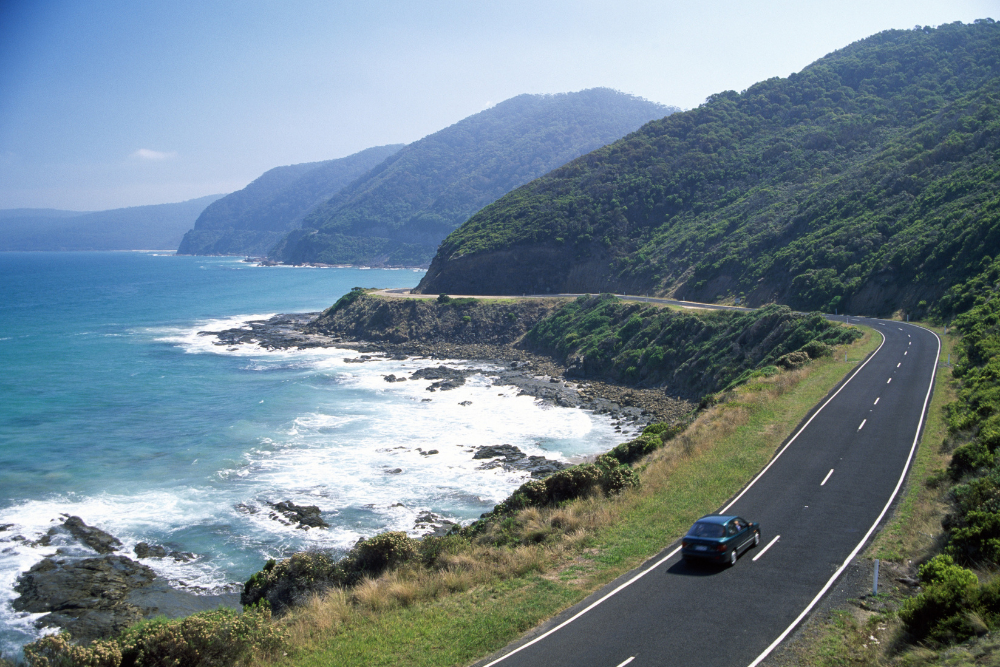Australia is a vast and diverse land, brimming with endless stretches of coastline, dramatic deserts, vibrant cities, and rugged outback. One of the best ways to explore this incredible country is by road, offering you the freedom to go off the beaten path, stop whenever you please, and experience Australia’s natural wonders at your own pace. Whether you’re a local Aussie or visiting from abroad, planning the ultimate road trip across Australia can be an adventure of a lifetime.
Here’s a guide to help you plan the ultimate Australian road trip, from choosing the right route to preparing your vehicle and packing the essentials for an unforgettable journey.
1. Choose the Right Route and Destination
Australia’s size and diversity mean that there’s no one-size-fits-all road trip. The first step is deciding which part of the country you want to explore. From the tropical rainforests of the north to the red deserts of the Outback, there are endless routes to choose from. Here are a few of the most iconic and beautiful Australian road trips:
- The Great Ocean Road (Victoria)
The Great Ocean Road is one of Australia’s most famous coastal drives, stretching 243 kilometers along the southeastern coast of Victoria. You’ll pass through stunning landscapes, including the Twelve Apostles, Loch Ard Gorge, and beautiful surf beaches like Bells Beach. The coastal drive is perfect for those who want to combine stunning ocean views with charming towns and outdoor activities like hiking, surfing, and wildlife spotting. - Sydney to Cairns (East Coast)
If you’re looking for a mix of beach, reef, and rainforests, the route from Sydney to Cairns is a must. This 2,500-kilometer drive takes you through some of the country’s most beautiful beach towns, such as Byron Bay, the Gold Coast, and Airlie Beach. Along the way, you’ll encounter the Great Barrier Reef, tropical rainforests, and plenty of opportunities for snorkeling, diving, and exploring national parks. - The Outback Adventure (Red Centre)
For those looking for a true Aussie adventure, the Outback road trip from Alice Springs to Uluru is a once-in-a-lifetime experience. This iconic route takes you through the heart of the desert, with stops at places like Kings Canyon, Kata Tjuta, and, of course, Uluru (Ayers Rock). Here, you’ll experience the solitude and beauty of the Australian Outback, along with its rich indigenous culture. - Tasmania’s East Coast
Tasmania offers some of Australia’s most stunning and untouched landscapes. The east coast road trip is perfect for those wanting a peaceful, nature-filled journey. The route from Hobart to St Helens takes you through pristine beaches, national parks like Freycinet, and charming towns. Don’t miss Bay of Fires, with its dramatic orange-hued boulders and crystal-clear waters. - Nullarbor Plain (Across Australia)
For the more adventurous and seasoned road tripper, crossing the Nullarbor Plain is an epic, remote journey. This 1,200-kilometer stretch of road between South Australia and Western Australia is one of the longest straight roads in the world, surrounded by desert, salt lakes, and rugged cliffs. It’s a unique experience where you’ll pass through some of the most isolated parts of Australia.
2. Prepare Your Vehicle
Your car is your home on wheels, so it’s crucial to ensure it’s ready for the journey ahead. Here’s how to make sure your vehicle is road-trip ready:
- Choose the Right Vehicle: If you’re planning to camp along the way, consider renting or purchasing a campervan or motorhome. This option gives you the flexibility to stay in remote areas and save on accommodation costs. If you’re just driving through cities and towns, a compact car or SUV will do just fine.
- Get a Vehicle Check-Up: Whether you’re using your own car or renting, make sure it’s in good condition. Check the tires, brakes, fluid levels, and lights. If you’re driving in remote areas, make sure you have a spare tire, jack, and basic tools.
- Roadside Assistance: It’s always a good idea to have roadside assistance, especially when traveling through remote areas. Many rental companies offer this service, but you can also check with your insurance provider to ensure you have coverage.
- Fuel: If you’re traveling in remote areas like the Outback or across the Nullarbor, fuel stations can be far apart. Make sure to fill up regularly, and carry extra fuel if you’re driving in particularly isolated areas.
3. Pack the Essentials
Packing for a road trip across Australia can be tricky due to the country’s varied climates, from tropical heat to chilly southern weather. Here’s a list of essentials to bring along:
- Clothing: Bring versatile clothing that will cover a range of weather conditions. Pack light clothing for the warmer regions (like shorts and T-shirts) and include layers, such as jackets and sweaters, if you plan to visit cooler areas. A good pair of hiking boots is essential for exploring national parks, and swimwear is a must for coastal trips.
- Camping Gear: If you’re planning to camp, make sure you have a tent, sleeping bag, camping stove, and other gear. Many Australian national parks offer campgrounds with basic facilities, but you’ll need to bring your own supplies.
- Food & Water: Stock up on non-perishable food like canned goods, dried fruits, and snacks, especially if you’re traveling in remote regions. Don’t forget to bring plenty of water—hydration is essential in the Australian heat.
- Sun Protection: The Australian sun can be harsh, so sunscreen, a wide-brimmed hat, and sunglasses are essential, especially if you’ll be spending a lot of time outdoors.
- First Aid Kit: Always bring a basic first aid kit, including bandages, antiseptic cream, painkillers, and insect repellent. If you’re venturing into more isolated areas, also pack a satellite phone or a reliable communication device.
- Camera & Travel Journal: A road trip is an unforgettable experience, so make sure to capture your memories with a good camera. A travel journal can also be a great way to document your journey.
4. Plan Your Stops
While part of the road trip fun is being spontaneous, it’s still important to plan key stops and accommodations in advance, especially during peak travel seasons.
- Accommodation: Book accommodations in advance if you’re traveling through popular tourist areas, especially during peak holiday seasons (like Christmas and Easter). There are plenty of options, including motels, hostels, camping grounds, and luxury resorts. If you’re in a campervan, most major cities and national parks have designated campgrounds.
- Fuel Stops: Plan your fuel stops carefully, particularly in remote areas. In some regions, fuel stations can be several hundred kilometers apart, so make sure you’re not running low on gas.
- Meals: Explore local food along your route. Many small towns have quaint cafes, bakeries, and food markets where you can sample regional delicacies. Alternatively, prepare your own meals if you’re camping or prefer a budget-friendly option.
- Must-See Attractions: Research major attractions and landmarks along your route. Some notable stops include Uluru (Ayers Rock) in the Red Centre, the Twelve Apostles on the Great Ocean Road, and Freycinet National Park in Tasmania. Be sure to also leave time for unplanned stops; Australia is full of hidden gems.
5. Know the Road Rules and Safety Tips
Before hitting the road, familiarize yourself with Australia’s road rules:
- Drive on the Left: In Australia, people drive on the left-hand side of the road, so if you’re from a right-driving country, be cautious, especially on highways.
- Speed Limits: The speed limits are generally 50 km/h in cities and towns, and up to 100 km/h on highways. In some remote areas, you may encounter stretches of road with no speed limit, but always drive safely.
- Wildlife: Watch out for wildlife, especially in rural and Outback areas. Kangaroos, emus, and koalas are often found near roads, especially at dawn and dusk. Slow down and drive carefully.
- Roadside Assistance: In remote areas, you may not have immediate access to help if your car breaks down. Ensure your phone is fully charged, and keep a charged power bank in case of emergency. Some remote areas may have limited mobile phone service, so it’s important to be prepared.
6. Have Fun and Be Flexible
Finally, the most important part of planning an Australian road trip is to have fun and enjoy the journey. While planning is essential, leave room for spontaneity. Take the time to explore charming towns, go on unexpected detours, and chat with locals. Some of the best memories on a road trip come from the unplanned moments.
Australia’s diverse landscapes and laid-back vibe make it one of the best countries in the world to road trip. Whether you’re traversing the coastal cliffs, venturing into the Outback, or exploring the tropical north, your Australian road trip will undoubtedly be an unforgettable adventure. Safe travels!












